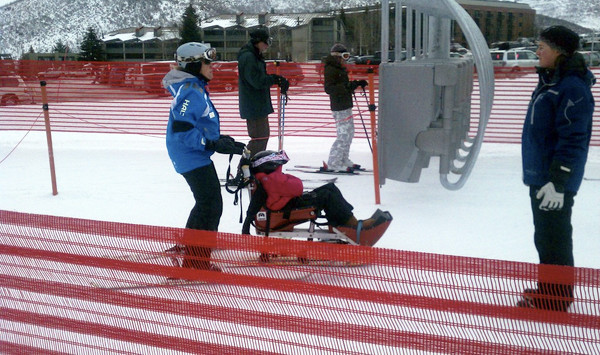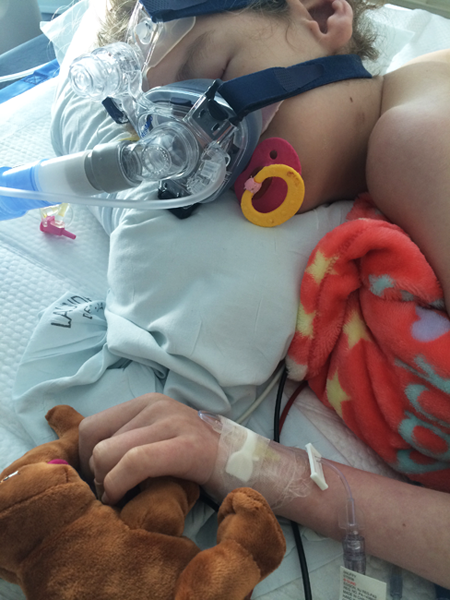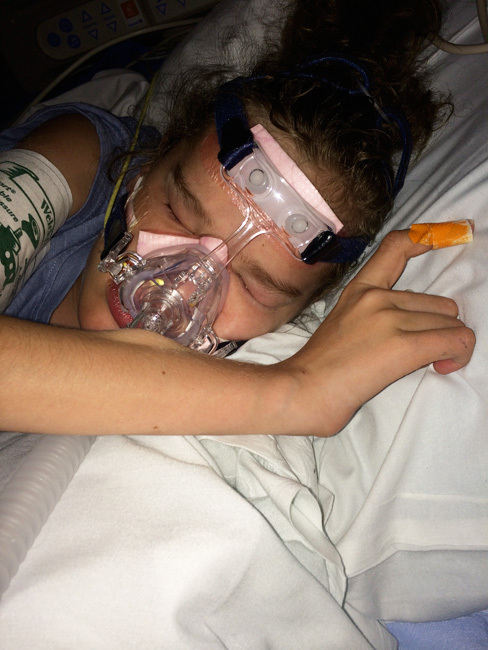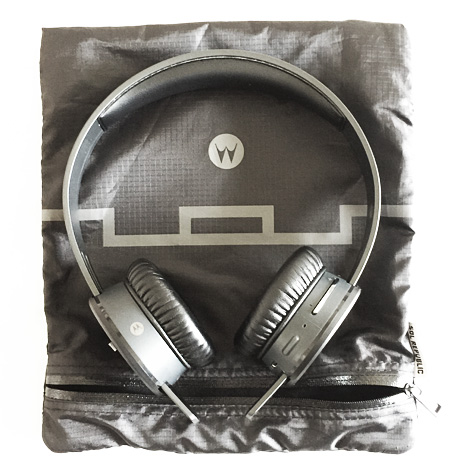
The first time we went skiing with my daughter with special needs I had no idea what to expect. I swear I didn’t breathe the entire first run. But once I saw that big, beautiful smile on my girl’s face at the end of the run, it was game on! Turns out she’s got quite a need for speed.
Although there are variations with each organization, in general, here’s what to expect your first time adaptive skiing:
Most organizations are heavily dependent on volunteers and donations.
Most programs have very limited budgets, and can be stretched quite thin personnel-wise. The volunteers are there because they have a passion for the adaptive ski program, which is means you will meet some pretty amazing people. Patience, flexibility, and expressions of gratitude go a long way.
The earlier you sign up, the better.
Those volunteers tend to be in short supply, which means there are a limited number of spaces available for registration. The earlier you can get signed up, the better chance you have of having that space secured, and is really helpful to the organization in planning their season.
Make sure you leave time to get the paperwork in.
You will need a medical release from your doctor and to complete a questionnaire about your kiddo at the minimum, some of paperwork can be quite detailed. Some organizations request that you join their parent organization. When you plan our trip, be sure to review what you need for the adaptive ski program early on so your doctor has time to get their information back to you.
Most organizations will ask about your child’s goals for skiing, as well as their likes and dislikes.
How the lesson(s) are structure will all depend on your skier’s goals. For us it’s about skiing together as a family, for your child it might be progressing to be on a Special Olympics ski team. The instructor will help develop a plan to meet those goals.
Skiing is part physical, part mental and part emotional. Every child’s needs are different. The instructor will use your child’s likes, dislikes and preferences to help them find some success in skiing, whatever that looks like to them. If your child is scared or unsure, the instructor will ask your child about some of their favorite things to change the focus. Also, some of that information helps the instructor know how to approach the lesson. That information can be really helpful, so take your time in answering.
Having the right equipment.
There are several equipment options based on the skier’s abilities. My daughter uses a sit-ski with attached outrigger. I’ve seen a blind skier learning to ski with several guides helping the instructor, using a tethering system for safety. Before your trip, in addition to your paperwork, most groups will follow up with specific questions over the phone or by email to make sure they proper equipment and staffing is made available for your lesson(s). When you get to the lesson, they will fit your child to the equipment. When Veronica arrives, we sit her in the sit-ski, making sure there’s padding all around her, and no pressure points. Then they strap her in to make sure she’s safe, ensuring that the straps don’t cut in and that she’s also comfortable. Then they take a second look, stuffing padding in where it’s needed, and she’s good to go. Here are some tips on How to Dress Your Skier.
Getting on and off the chair lift.
I was pretty nervous about how this would work with my daughter strapped in a sit-ski. How do they get the sit-ski on and off the lifts? Would she be safe? Here’s how the sit-ski works. As they approach the beginner chair, the instructor and guide are standing on each side of Veronica. The lifties stop the lifts and the instructor and guide Veronica to the lift area. The liftie starts the chair back up slowly and helps make sure the sit-ski gets seated fully on the chair lift seat. The instructor takes a tether that is attached to the sit-ski and attaches it to the chair. Once secure, the lift is started back up. At the top, the lift is slowed down to a stop and the trio gets off.




